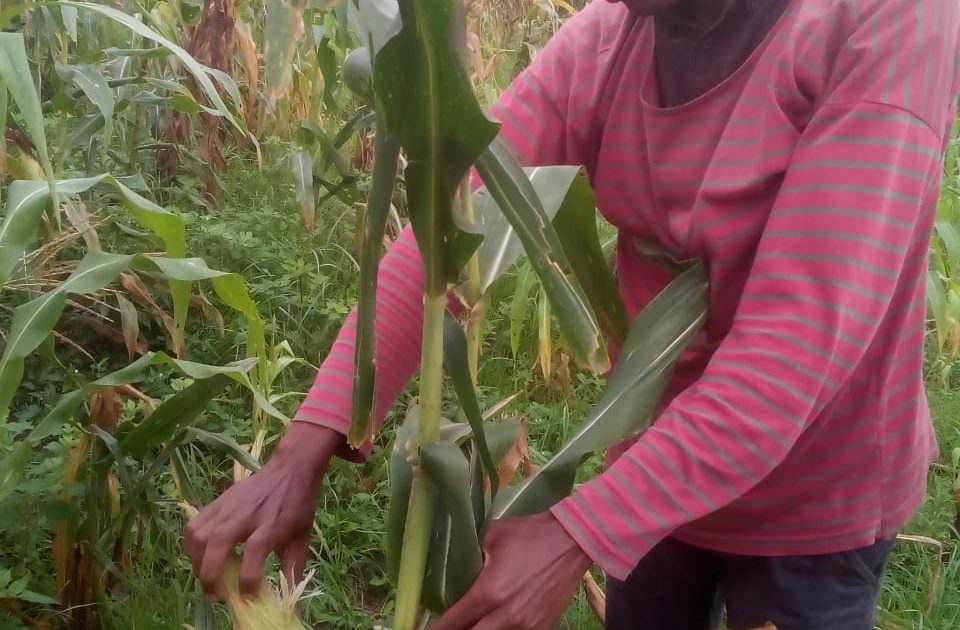
Farmers in Mwanamwinga and Kayafungo locations in Kaloleni Sub County are scared that they might not end famine after an invasion of their maize crops by crows destroying the maize crop in their farms.
The birds which are found in Mombasa have been breeding fast and their large numbers have forced them move to several other towns and to the peoples’ farms in Kilifi County.
A farmer in Mwanamwinga location, Thomas Charo said his 3-acre maize farm has been invaded by the birds feeding on the maturing cobs forcing him to hire people to assist him in scaring them away.
He said the birds are lifting the cobs to coconut palms where they feed and also feed their young ones and that despite his effort to poison them, they have never died.
“I thought I was going to kick away famine this year after a hard work on my farm. This might not be the case if the destruction continued at this rate. I have sought assistance from the department of agriculture at Kaloleni Sub County headquarters where I was advised to cover my maize cobs with recommended bags as the birds could not die from poison,” he said.
Another farmer in Kayafungo location, Ronald Ngala said his farm is far away from his home and that the birds have already destroyed his 2- acre farm of maturing maize.
He expressed shock at the rate of destruction by the crows revealing that some years before, the birds used to only feed on discarded food in bins.
“If these birds continue to rein havoc at this rate, farmers will have no option but to abandon maize farming and adopt other crops like cassava, rice and sorghum,” he said.
Crows are alleged to have accompanied ships from India and came to Kenyan Coast in the late 70s. The first landed in the city of Mombasa but since then, the birds have spread to most counties in the coast region.
By Harrison Yeri





